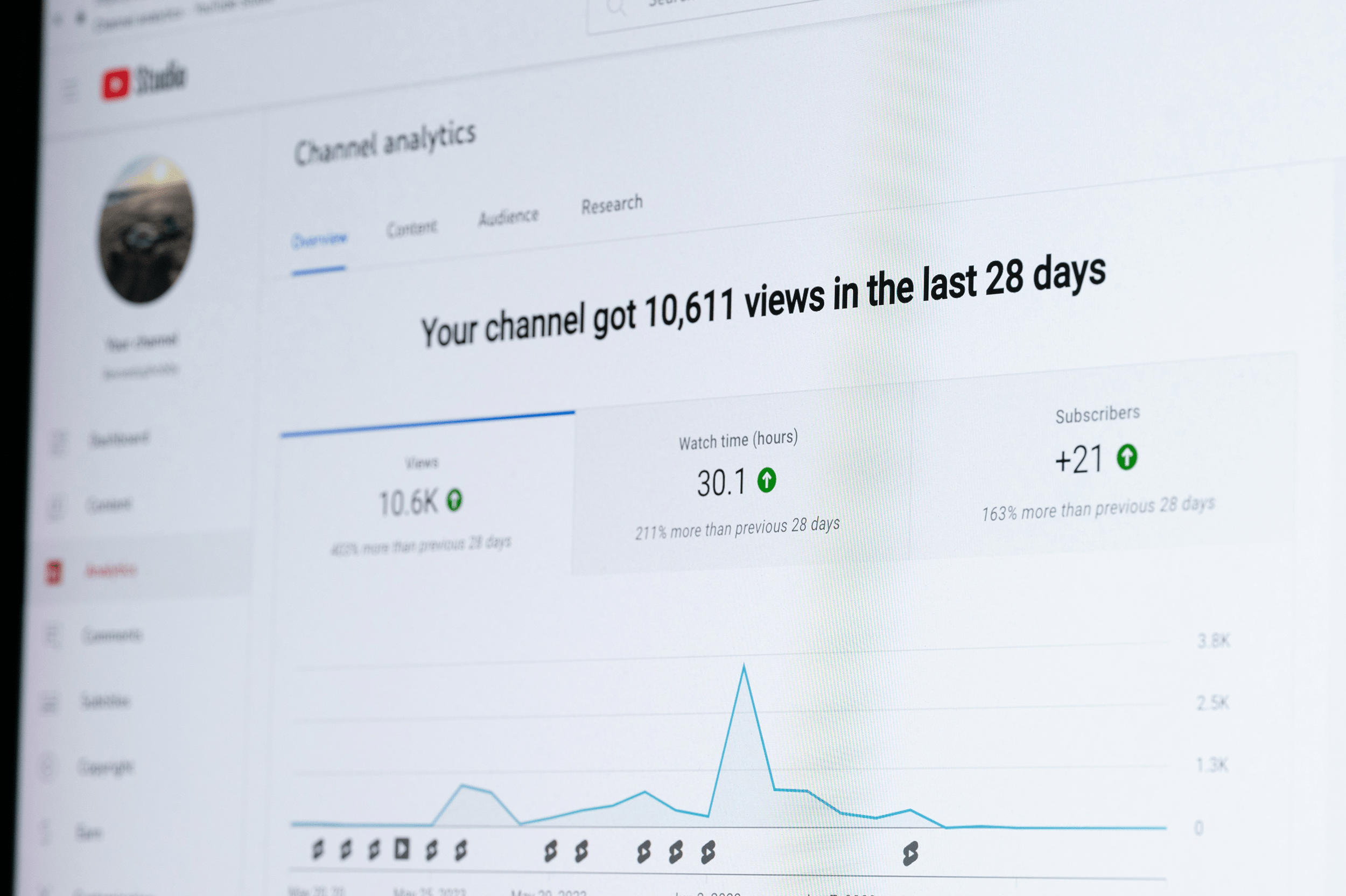You won your social media proposal. You’re feeling the pressure. And now, your anxiety has kicked into high gear…because it’s time for a social media audit.
Let’s face it: “audit” is not a pretty word. It calls to mind visions of pocket protectors and the IRS, storming your castle in search of hidden monies. But, thankfully, that’s not the kind of audit we’re talking about today. (Whew.) Nope, we’re talking about a good, new-fashioned social media audit.
What’s a social media audit?

Before we dive in, let’s throw out a quick definition: A social media audit is the process of scrutinizing, evaluating, and analyzing your social media accounts, with the goal of defining what works and what doesn’t.
If it sounds complicated, we have good news: it’s not! Social media audits are fairly simple, especially for social media marketers and those familiar with social platforms. And, once you get rolling with an audit schedule, they’ll become second-nature and a lot easier, once any initial issues are ironed out.
Step 1: Schedule yourself ahead of the curve
Trust us – you want to get ahead of social media, before there is a problem. And we don’t mean a major fail; a “problem” can be as simple as a lack of results. So, schedule your audit. No, really. Open up your calendar and pencil it in. Right now!
Step 2: Gather up your social accounts
If you’re looking for the next-easiest step, here it is: Pull all your social accounts together into your spreadsheet and/or template (see step 4a). Yes, that includes all your forgotten accounts, like that Pinterest that has one measly pin or the Tumblr from ages ago. Yes, even those secondary social accounts you opened – like that Facebook profile or group you created, before you knew you could create a business page – that are floating around.
Need some help? Run your company, business name, or personal brand through a social search site like Knowem or Namechk, both of which can dig up platforms you’ve long since forgotten.
Step 3: Disable and/or delete old accounts + optimize the current
If you found old social media accounts you never plan to use again – or accounts on long-since-defunct sites – then go ahead and delete them.
If you uncovered accounts on social media platforms that are still popular, but which you don’t have the time or budget to tackle at the moment, then disable them. Think of disabling your account as virtually tabling the subject; you can come back to them when you’re ready.
Now is also the time to optimize the social profiles you plan to maintain. In other words, be sure that you’ve filled out every section, included (but not been obnoxious about) social SEO keywords and phrases, and added links, when and where appropriate.
Step 4: Audit your social accounts

Okay, the easy part is officially over. Now, the hard work begins.
The meat of a social media audit comes down to digging deep: using analytics to evaluate the job already done, and uncover ways to do better.
Let’s start with the qualitative factors: the hard facts, via Facebook Audience Insights, Instagram analytics, Twitter metrics, and other social analytics. Download them. Read them. Work to understand them. Here’s what to look out for:
- Followers. How many do you have? Are you trending up or have you lost followers?
- Impressions, which show how many total eyes saw your post (may include repeats, ex. users who were served your post 3x).
- Social reach, which indicates the total individual users who saw your post.
- Engagement, including your engagement rates per post and for your profile. This can include likes, comments, and other types of engagement.
- Click-through rates, including both organic and ad-based.
- Inbound/referral traffic, directed to your website/landing page/anywhere else you determine, per social profile.
- Social shares. Who, what, where, when, and why?
Once you begin uncovering your analytics and filling out your audit spreadsheet (see templates, below), it’ll start becoming obvious which efforts work best – which platforms see the greatest reach, the most meaningful engagement, and the greatest return-on-investment (ex. clicks-through to your site).
Your audit will also reveal where your social accounts need work: Which platforms are under performing? What metrics surprise you? Where do you see high impressions and/or reach, but low engagement?
If it helps, grade yourself. Don’t go easy, either.
Step 4a: And now, the templates!
Thankfully, there are a bunch of free social media audit templates available. Each is a little different from the next, so feel free to download them all and choose the one that best fits your style, social platforms, and even visual aesthetic. This should be a little fun, after all!
Here are a few of our favorites:
- Coschedule enters the playing field with a downloadable social media audit template, to save you time over creating your own spreadsheet.
- Sprout Social offers a Google Sheets-based social media audit. Just make a copy to your own Drive account, and off you go!
- Hoot suite offers its own social media audit template, which you’ll receive in exchange for your email address.
Step 5: Do better, be better
Now that you have a better handle on your social media accounts – which need serious work and which are already working? – it’s time to get started on all that work.
First, get to know your audience better: Buyer persona, client avatar, target market– whatever term you prefer, get on it. Because, in order to do better on social, you need to understand who follows you there. What do they care about? What do they want to hear/read/see from you? And remember, your audience can vary by platform. This is not a one-size-fits-all approach.
Once you know your audience, create a social posting schedule based on their unique needs and preferences. Please, oh please, do this. Knowing when and where you’re going to post is half the battle. In your schedule, include all needed notes, like which playlists are appropriate for your new YouTube video or whether you’re linking a new post to a specific landing page.
Also, this is a good time to evaluate the competition. What are your direct competitors doing? Who in your industry is rocking their social? Find accounts you can look up to.
Step 6: Lather, rinse, repeat
Whoa there, you’re not done yet. You’re never done. Because, reality check: As long as social media exists, social media auditing will be required. This is not a one and done kind of deal.
Well, what are you waiting for? Be sure to add some social media buttons to your site, and then get auditing!




